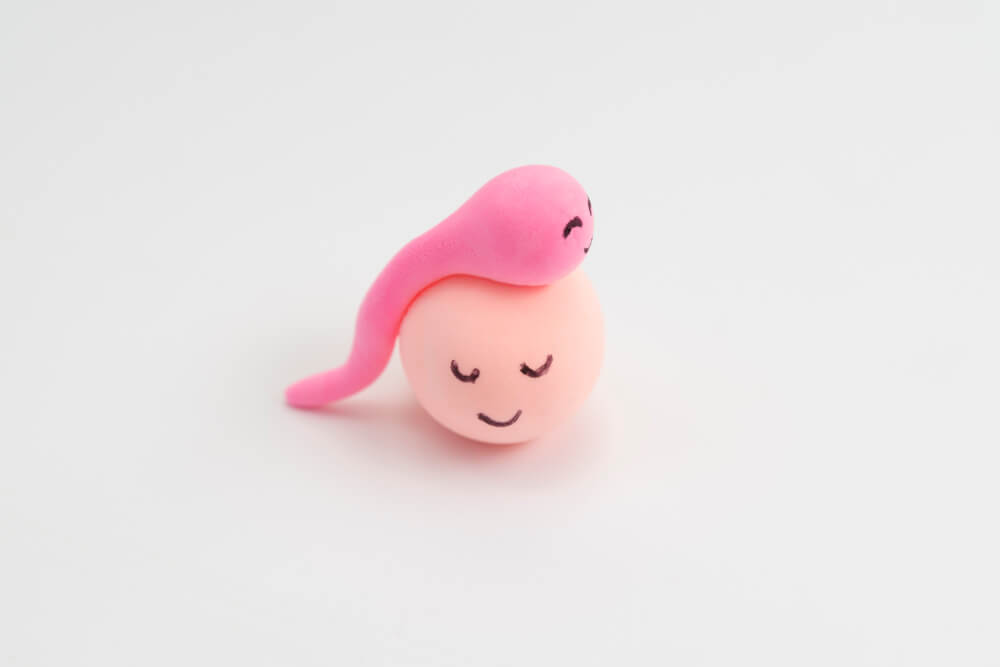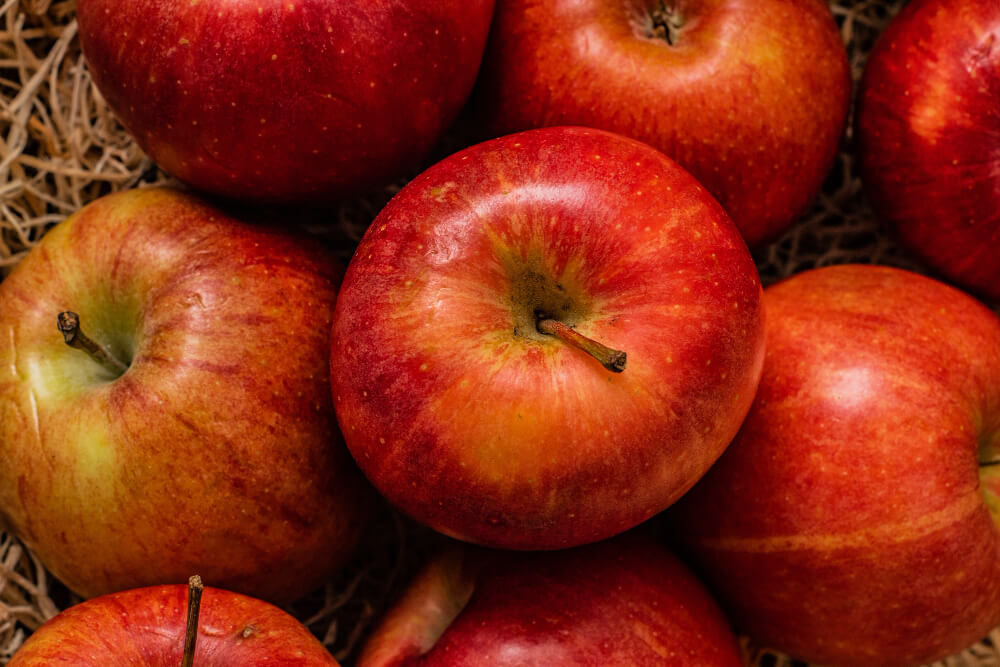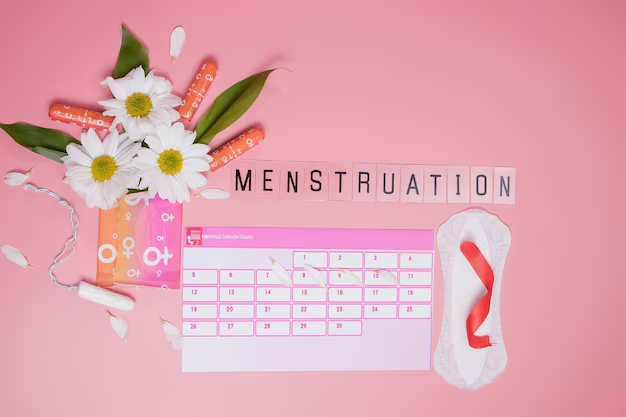The Relationship Between Exercise and Your Menstrual Cycle

Exercise plays a significant role in overall health, and its impact on the menstrual cycle is an area of increasing interest. While staying active can help manage period symptoms and improve well-being, it’s essential to understand how different phases of the menstrual cycle can influence your energy levels, endurance, and recovery.
In this blog, we’ll explore how exercise and your menstrual cycle are interconnected and provide tips for optimizing your workouts during each phase.
How the Menstrual Cycle Affects Exercise
The menstrual cycle typically lasts about 28 days and is divided into four phases: the menstrual phase, follicular phase, ovulation phase, and luteal phase. Hormonal fluctuations during these phases affect energy, endurance, and strength, making some days better suited for intense workouts and others for rest or lighter activities.
1. Menstrual Phase (Days 1-5):
- Hormones: Estrogen and progesterone are at their lowest.
- Impact: Fatigue and cramps may reduce energy and motivation.
- Best Exercises: Low-intensity activities like yoga, walking, or light stretching can help alleviate cramps and boost mood.
2. Follicular Phase (Days 6-14):
- Hormones: Estrogen begins to rise, enhancing energy levels.
- Impact: Increased endurance, strength, and recovery make this phase ideal for challenging workouts.
- Best Exercises: High-intensity interval training (HIIT), strength training, and cardio are great options during this phase.
3. Ovulation Phase (Day 14):
- Hormones: Estrogen peaks, and testosterone levels increase briefly.
- Impact: You may feel your strongest and most energized.
- Best Exercises: Focus on power and performance, such as weightlifting, sprinting, or competitive sports.
4. Luteal Phase (Days 15-28):
- Hormones: Progesterone rises, and estrogen declines, leading to fatigue and mood changes for some.
- Impact: You may experience bloating, reduced endurance, and slower recovery.
- Best Exercises: Moderate-intensity activities like swimming, pilates, or steady-state cardio are ideal. Listen to your body and prioritize rest if needed.
Benefits of Exercise for Menstrual Health
-
Reduces Menstrual Symptoms:
- Regular physical activity can alleviate cramps, bloating, and mood swings.
- Endorphins released during exercise act as natural painkillers.
-
Regulates Cycles:
- Consistent exercise helps balance hormones, leading to more regular cycles.
-
Improves Mood:
- Physical activity reduces stress and enhances overall mental health.
-
Supports Fertility:
- Moderate exercise can improve reproductive health and support hormonal balance.
Potential Risks of Over-Exercising
While exercise is beneficial, overdoing it can disrupt your menstrual cycle and lead to health issues:
- Amenorrhea: Excessive exercise combined with low calorie intake can cause missed periods.
- Hormonal Imbalance: Overtraining can suppress estrogen levels, affecting bone density and fertility.
- Fatigue and Injury: Inadequate recovery increases the risk of burnout and physical injury.
Tips for Syncing Workouts with Your Menstrual Cycle
-
Track Your Cycle:
- Use a period tracking app to monitor your phases and plan workouts accordingly.
-
Adjust Intensity:
- Listen to your body and modify your exercise routine based on energy levels and symptoms.
-
Stay Hydrated:
- Hormonal changes can affect fluid retention, so drink plenty of water during workouts.
-
Fuel Your Body:
- Eat a balanced diet with adequate protein, carbohydrates, and fats to support energy and recovery.
-
Rest When Needed:
- Don’t hesitate to take rest days, especially during the menstrual and luteal phases.
Related Articles

Baby development at 3 weeks

Baby development at 15 weeks

Baby development at 11 weeks

How Your Menstrual Cycle Changes with Age

Baby development at 30 weeks

How Hormonal Imbalances Can Affect Your Period

Baby development at 31 weeks

Baby development at 1 week